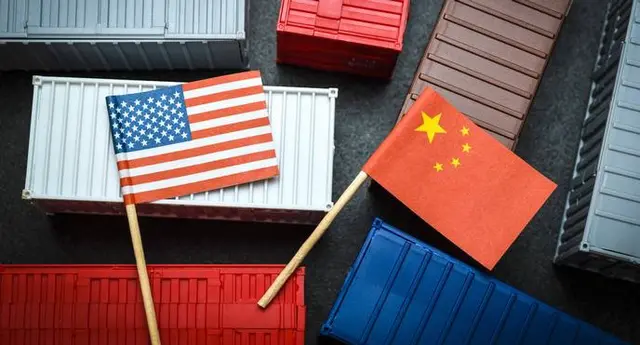British Film Institute (BFI) on Monday screened a series of rarely seen short footage filmed since late Qing Dynasty in China, welcoming the forthcoming Chinese New Year.
This around one-hour-long film was consisted of 22 short films shot by people from all walks of life, such as pioneers, missionaries, scholars and travelers. Some of them are travelogues and newsreels filmed between 1901 to 1948.
"This year, China and the UK will going to co-host a year called China-UK Year of Culture Exchange, and film will going to play an important part," said Xiang Xiaowei, minister counsellor of culture with the Chinese embassy in Britain at the opening ceremony.
The film begins from a group of men with long ponytails and wearing traditional Qing costumes, smoking on the street. Although there's no sound, the black-and-white footage, which was filmed around 1902, could show they were talking things funny and happy.
It was followed by some footage filmed in Beijing, showing the landscape of the city through the transportation tools on the roads, the markets, hairdressers, Tian'anmen Rostrum, funerals of the poor and rich, as well as the primitive scenery of the Great Wall.
Linked by the Grand Canal, the film continues to show the lives of people living along one of the largest and oldest canals in the world. This part showed two "Venices of China", Suzhou and Hangzhou, and particularly focused on Shanghai, the most important transport hub between China and the world at that period.
The film continues southward, also showing the city of Guangzhou and the exploitation of Hong Kong, and a very quick look of boatmen's life of Chongqing, and ethnic minorities in the rural areas of southwestern Yunnan Province.
"This kind of footage is really a transportation back the time into a kind of shared world history about society, the state of the cities, ways of living, culture and understanding," said Edward Anderson, Curator of Amateur Film, BFI National Archive.
Anderson added that the footage could make audience recall what Britain looked like in the 1900s, and think the enormous changes that Britain and China had made.
 简体中文
简体中文





